DNA and RNA (nucleic acids) interference therapies have the potential to treat many human diseases.
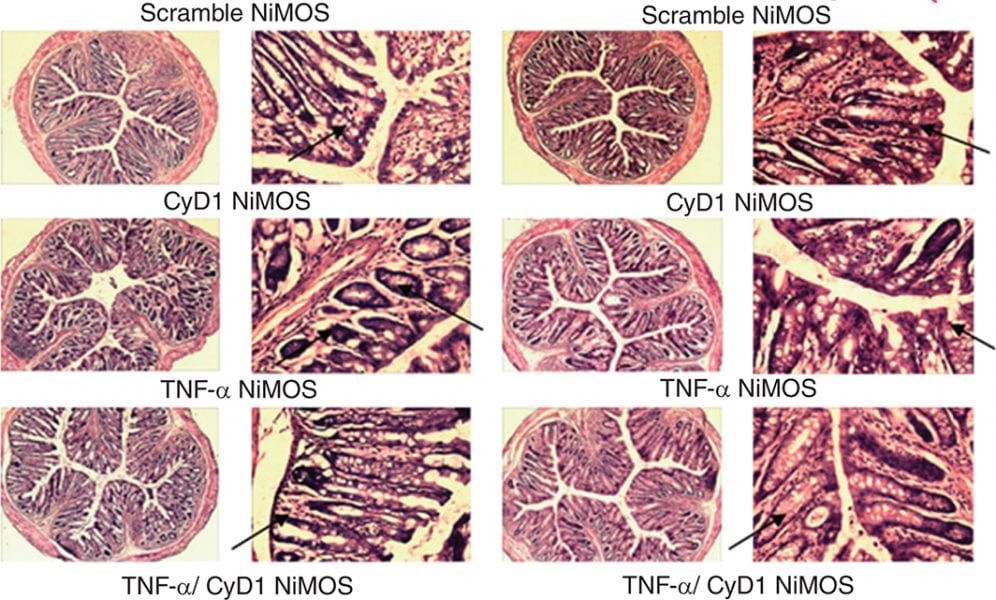

DNA and RNA (nucleic acids) interference therapies have the potential to treat many human diseases.
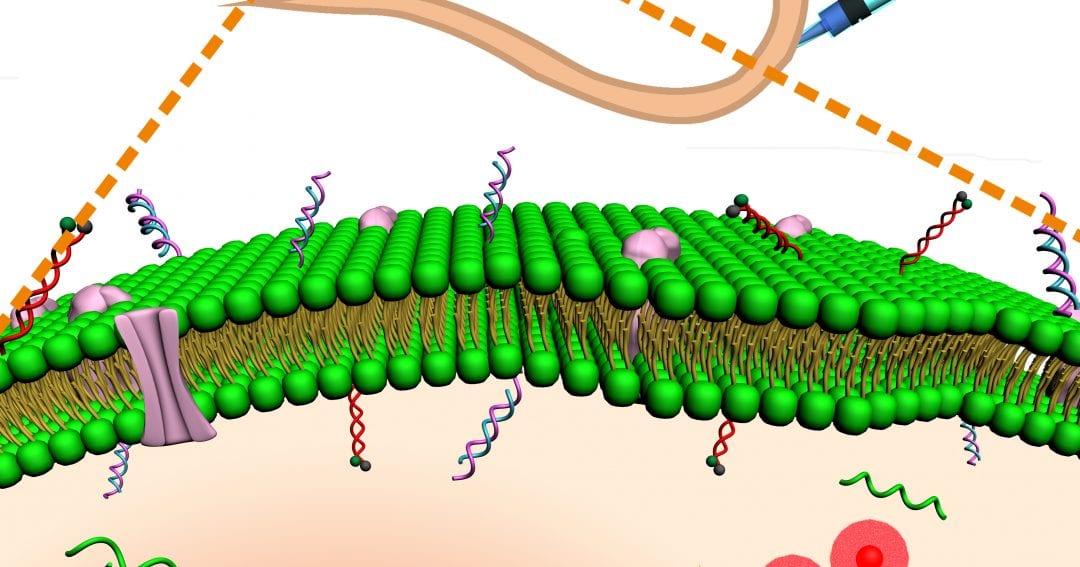
A DNA molecular machine powered by double-stranded fuel strands enables visualization of microRNAs in tumor bearing mice.
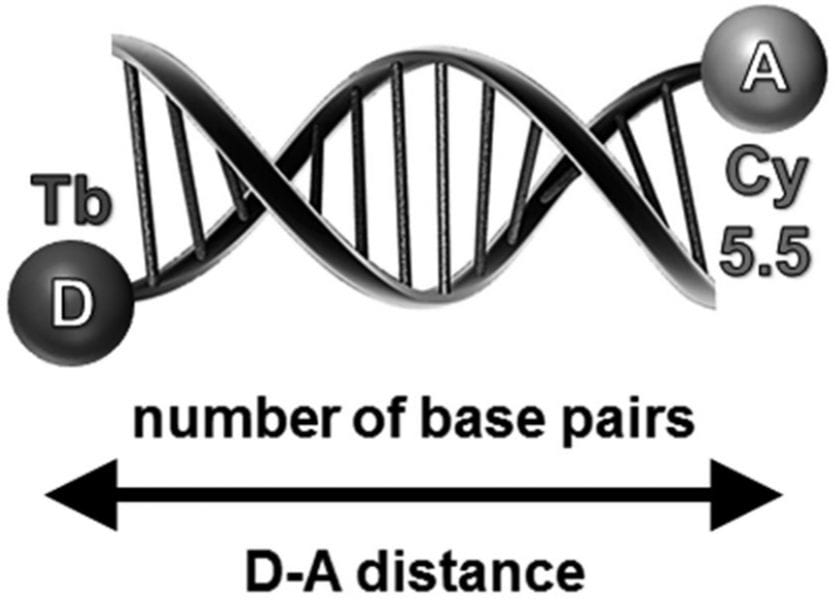
Time-gated FRET-based biosensors allow the quantification of multiple nucleic acids at low nanomolar concentrations using just a single donor–acceptor pair.

The CRISPR/Cas9 toolbox has been expanded with fluorescent Cas9 and a dCas9 functionalized with a tag able to activate gene expression that can be transfected to cells directly as ribonucleoprotein complexes (RNP).
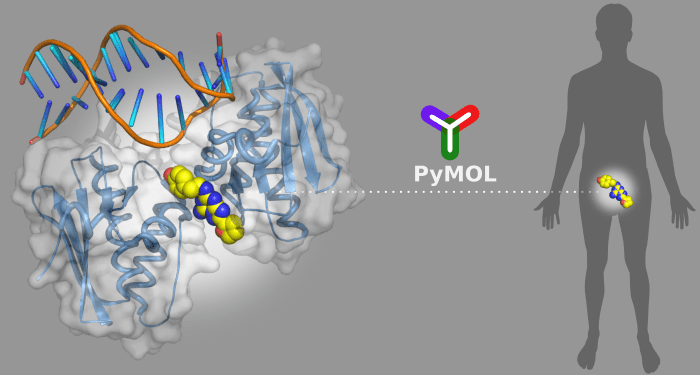
A recent review discusses various molecular modeling modules in PyMOL, covering those for visualization and analysis enhancement, protein-ligand modeling, molecular simulations and drug screening.
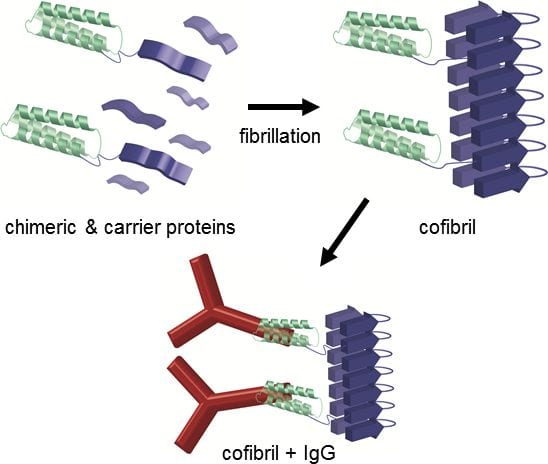
Engineerined protein nanofibrils show a much higher binding capacity for antibody purification compared to current gold standard.

Did you know that your citing habits can influence the reproducibility of your work?

Antitumour platform comes of age: this system gets the responsible drug to keep itself in check for transport and delivery.
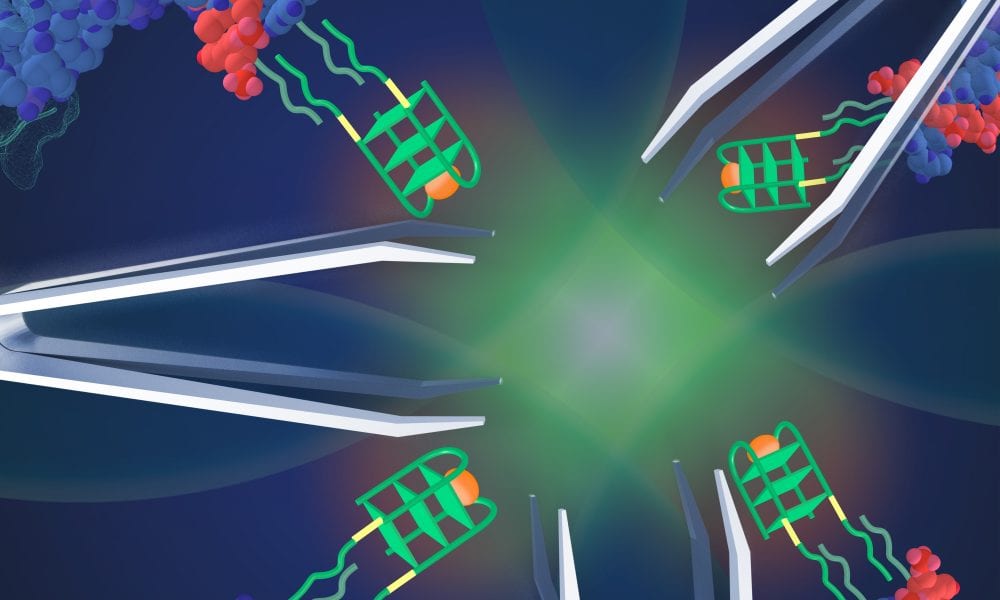
The first issue of Advanced Biosystems highlights retinal implants, DNA nanotweezers, and living diodes.

Microexon regulation has the ability to modulate protein properties, including mechanistic links to diseases like autism.